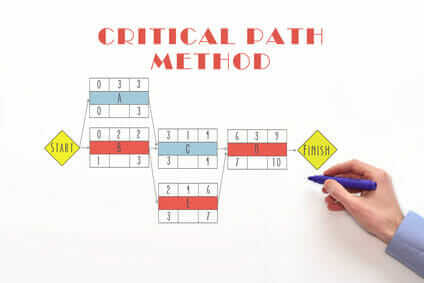Leading Financial and Family Law Attorneys
Contract Disputes in the Construction Industry
Contracts are foundational to the way we do business in the modern world. Consequently, contract violations can be very serious and costly. One area where penalties for contract disputes are common and can be very expensive is in the construction industry.
Construction projects tend to involve a large amount of manpower and equipment. Therefore, any delay in the project can result in massive cost overruns. We’ve all heard stories about battles between owners and their contractors and subcontractors. For a contractor, contract violations can be devastating to their business reputation. For owners, contract violations can be very costly, and may even put the project itself in jeopardy.
Scheduling can help avoid contract disputes
In order to prevent cost overruns and keep a project running smoothly, it’s critical that owners, contractors, and subcontractors make, agree to, and uphold a very specific schedule. One way to schedule a project effectively is with the critical path method.
The critical path method has its’ roots in the scheduling system DuPont used in the early 1940’s to successfully plan parts of the Manhattan project. It is commonly used on large, complex projects that require many steps to be completed in an exacting order, but there’s no reason it can’t also be applied to simpler projects.

The key advantage of the critical path method is that it shows project managers which actives can be delayed without causing a delay in the overall project. It also gives managers a concrete idea of how quickly the project can be completed, and allows traceability of any delay to the culpable party. This is especially important – if delays cause cost overruns and the contract breach ends up in court, subcontractors can be held liable for damages consequent to their failure to complete a specific step on time.
Check back in a few days for Contract Disputes in the Construction Industry – Part 2
Let’s Talk.
Enter your details below to schedule a consultation.
